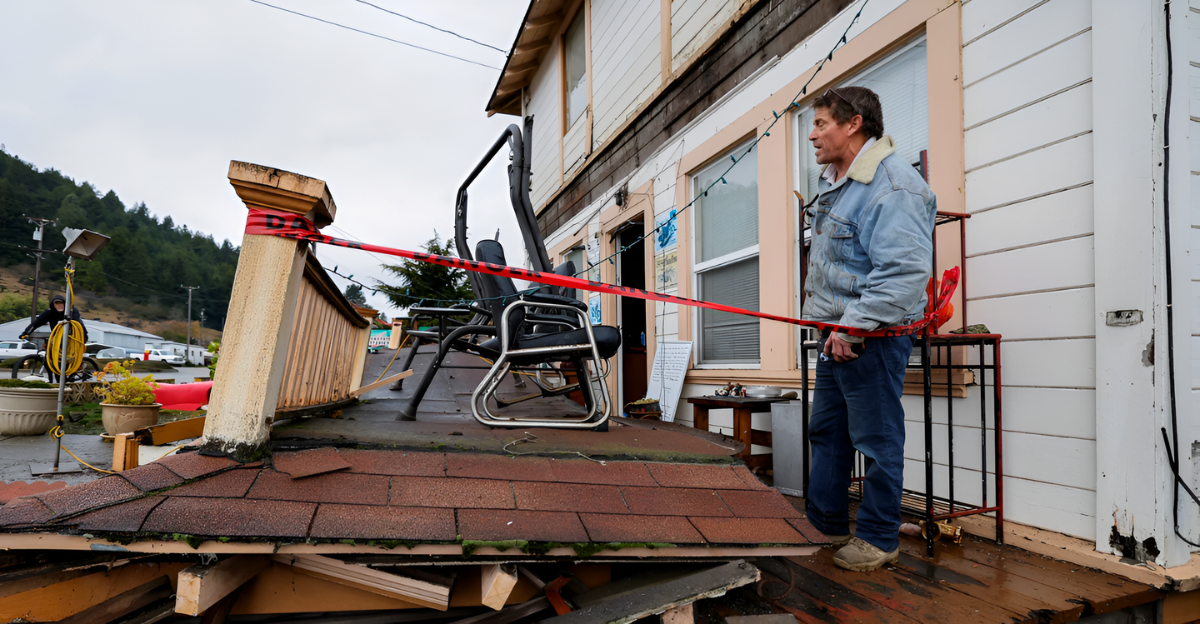
A powerful 4.3-magnitude earthquake struck near Berkeley early Monday morning, sending shockwaves through the San Francisco Bay Area and affecting an estimated 7.7 million residents. The United States Geological Survey confirms this marked the region’s strongest seismic event in three years, with the tremor occurring at 2:56 a.m. and prompting immediate safety protocols across transit systems and emergency services. Officials responded swiftly as the impact rippled throughout the densely populated metropolitan area.
Hayward Fault Triggers Sudden Jolt as Seismic Tensions Build Across Region

The Bay Area’s location atop the volatile Hayward Fault system made this earthquake inevitable, according to seismologists. USGS data reveals that tectonic stress accumulation along the fault line triggered the 4.3-magnitude event near Berkeley’s UC campus. Experts suggest the fault system remains under significant pressure, with the area experiencing its first major tremor since 2022. The geological reality underscores the region’s ongoing vulnerability and highlights why preparedness efforts remain critical for millions of residents.
Over 30,000 Residents Report Feeling the Shake as Emergency Calls Surge

More than 30,000 Bay Area residents reported feeling the earthquake through the USGS tracking system, with many jolted awake by the sudden shaking and emergency alerts on their phones. Reports indicate the tremor was felt as far north as Santa Rosa and as far south as Salinas, demonstrating the earthquake’s widespread reach. Emergency services experienced a notable spike in calls from concerned residents checking on safety protocols, while families scrambled to verify everyone was safe, illustrating the immediate human impact of seismic events on daily life.
BART Implements Safety Inspections as Commuter Delays Ripple Through System

Bay Area Rapid Transit officials immediately slowed train operations for approximately 20 minutes to conduct comprehensive safety inspections across the entire track system. The precautionary measures affected thousands of morning commuters, with BART announcing potential delays of up to 20 minutes systemwide. Transit authorities state that normal service resumed by midday Monday, but the disruption demonstrated how quickly seismic activity can impact critical infrastructure serving nearly half a million daily passengers.
Insurance Companies Field Surge in Coverage Inquiries as Safety Supply Demand Spikes

Insurance providers across the Bay Area report receiving a significant increase in earthquake coverage inquiries following Monday’s tremor. Industry data shows that only 12.6 percent of California homeowners currently carry earthquake insurance, despite USGS estimates indicating a 72 percent probability of a magnitude 6.7 or larger earthquake occurring in the region by 2043. Local hardware stores simultaneously experienced heightened demand for emergency preparedness supplies, with retailers noting increased sales of earthquake kits, flashlights, and bottled water as residents reassessed their readiness levels.
Port of Oakland Conducts Precautionary Infrastructure Checks as Global Partners Monitor Updates
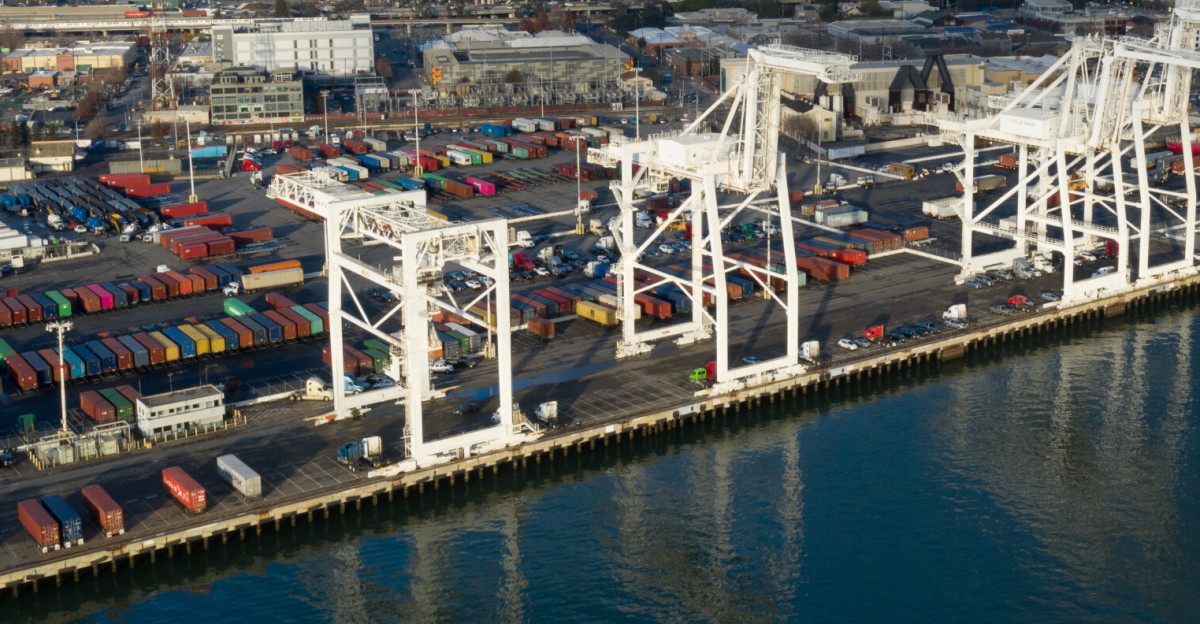
Major Bay Area shipping facilities, including the Port of Oakland, immediately implemented precautionary inspections of critical infrastructure following the earthquake. While officials report no structural damage to port facilities, international trade partners closely monitored updates due to concerns about potential supply chain disruptions. The Port of San Francisco’s Multi-Hazard Risk Assessment protocols were activated as part of standard earthquake response procedures, reflecting how local seismic events can have far-reaching implications for global commerce flowing through these vital transportation hubs.
Berkeley Residents Share Firsthand Accounts of Early Morning Wake-Up Call
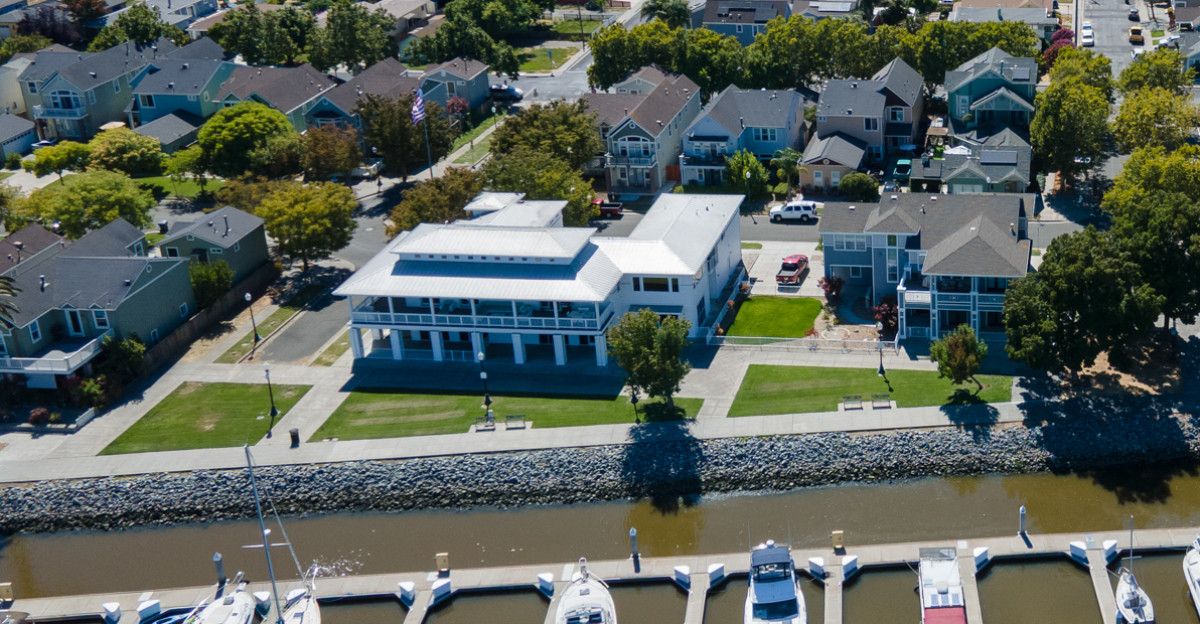
Berkeley resident Maria Santos described being startled awake by what felt like “a heavy truck hitting the building,” echoing experiences shared by thousands across the region. Hospital staff at local medical facilities prepared for potential injury reports, though emergency responders indicate no significant casualties resulted from the earthquake. These personal accounts reveal the human dimension of seismic events, from initial fear and confusion to community resilience as neighbors checked on each other throughout the morning hours.
Local Officials Issue Preparedness Reminders as Seismic Awareness Heightens
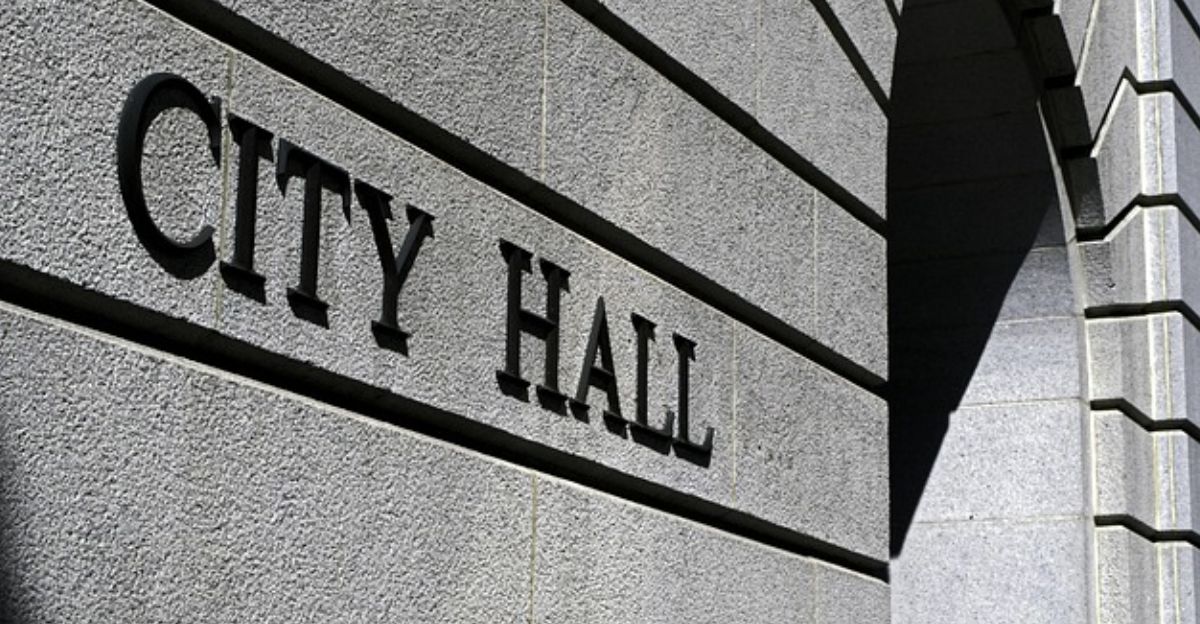
Berkeley Mayor Jesse Arreguin and California’s Office of Emergency Services issued coordinated statements urging residents to review their emergency preparedness plans. The earthquake prompted renewed calls from policymakers for increased investment in seismic retrofitting programs and expanded public safety education campaigns. Officials emphasize that Monday’s event serves as an important reminder for the 7.7 million Bay Area residents to maintain current emergency supplies and family communication plans, particularly given the region’s ongoing seismic risk profile.
Economic Assessment Begins as Infrastructure Teams Evaluate Potential Costs
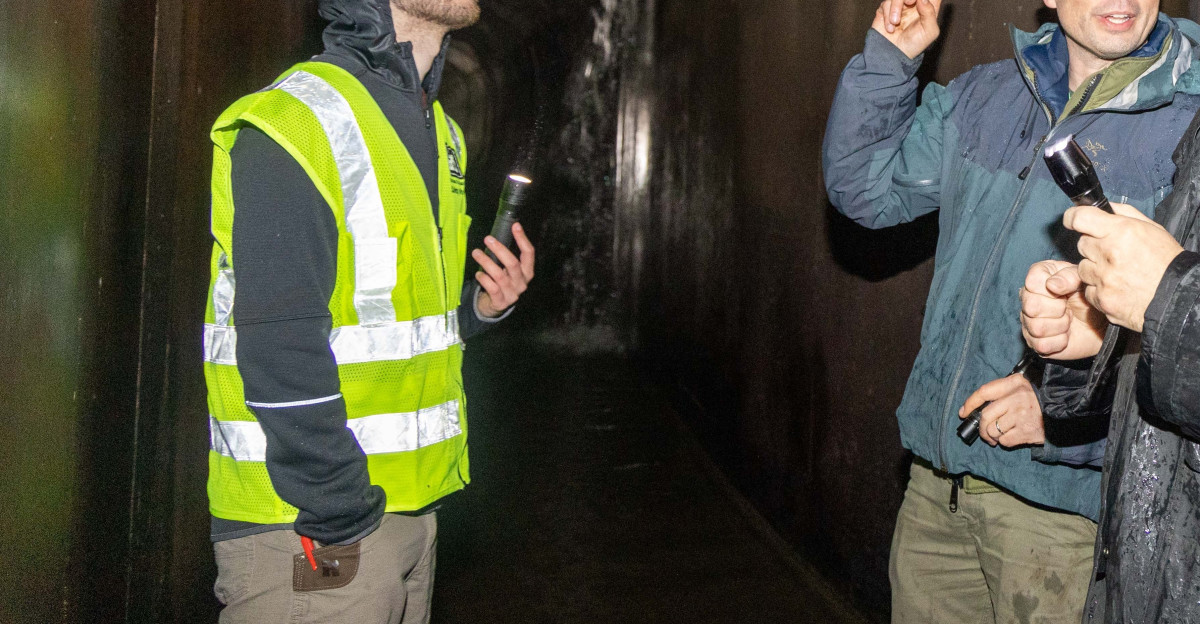
The earthquake’s aftermath triggered comprehensive assessments of bridges, utility systems, and public buildings throughout the affected area. While preliminary reports indicate no major structural damage occurred, the event highlights potential economic costs associated with future seismic activity and insurance claim processing. Economic analysts note that even moderate earthquakes can strain local municipal budgets and drive up insurance premiums, particularly in regions where earthquake coverage remains limited among residential and commercial property owners.
Retailers Rapidly Restock Emergency Supplies as Consumer Safety Awareness Peaks

Bay Area retailers quickly moved to replenish earthquake preparedness kits, emergency food supplies, and safety equipment following Monday’s tremor. Store managers report extending operating hours to meet increased consumer demand for emergency supplies, with promotional campaigns emphasizing the importance of household preparedness. The earthquake influenced immediate retail strategies as businesses responded to heightened consumer anxiety and recognition of the need for comprehensive family emergency plans.
Hospitality Industry Reviews Safety Protocols as Guest Confidence Measures Activate

Hotels and restaurants throughout Berkeley and San Francisco immediately reviewed their emergency response procedures to reassure guests about building safety standards. Hospitality managers coordinated with local emergency authorities to ensure rapid response capabilities remain current and effective. The industry’s swift response aims to maintain visitor confidence amid heightened seismic awareness, particularly important given the Bay Area’s significant tourism economy and business travel sector.
Construction and Engineering Firms See Uptick in Seismic Retrofitting Inquiries
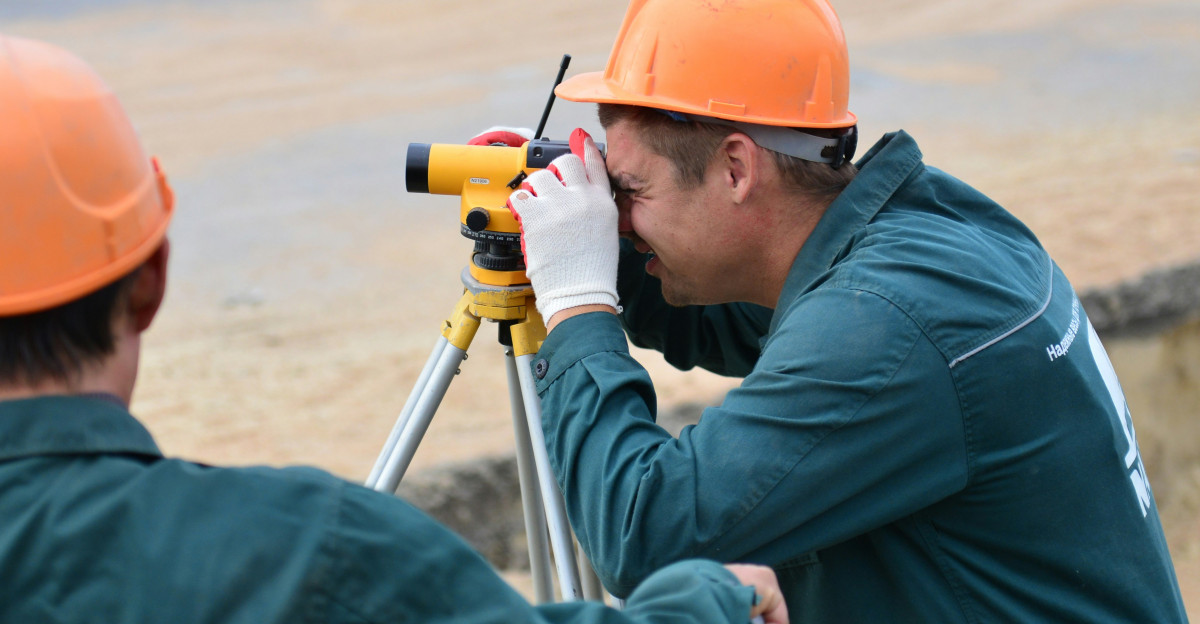
Construction companies and structural engineers report receiving numerous inquiries about earthquake retrofitting services for both residential and commercial properties. The seismic event renewed interest in earthquake-resistant building materials and updated construction techniques that comply with current building codes. These knock-on effects highlight the broader economic impact of seismic events, as property owners reassess their buildings’ earthquake preparedness and consider structural improvements to enhance safety and insurance coverage options.
Tech Industry Monitors Data Center Operations as Supply Chain Partners Express Concerns
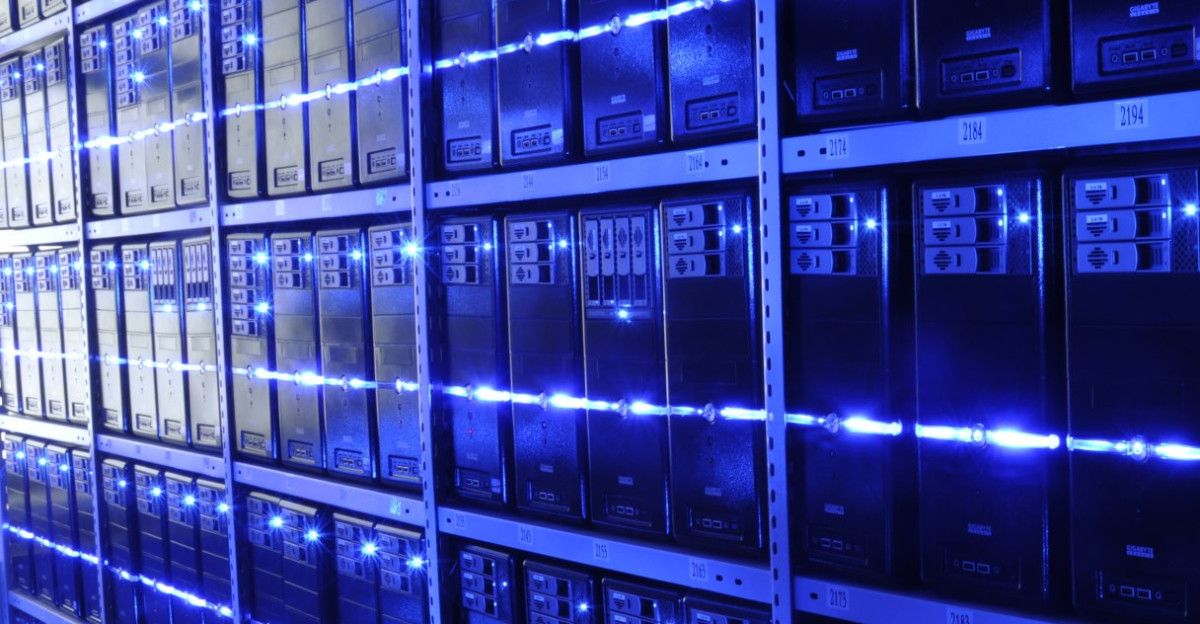
The Bay Area’s technology sector, home to major data centers and manufacturing facilities, carefully monitored earthquake effects on critical infrastructure and supply chain operations. International technology partners expressed concern about potential disruptions to semiconductor and hardware supply chains that rely on Bay Area facilities. The incident underscores the global economic significance of local seismic events, particularly given Silicon Valley’s central role in worldwide technology production and innovation networks.
Health Professionals Address Earthquake Anxiety as Community Support Resources Mobilize

Mental health practitioners throughout the Bay Area report increased anxiety levels among residents, particularly those with previous earthquake experience. Public health agencies promoted mental health resources and earthquake preparedness workshops designed to support community resilience and psychological well-being. Healthcare systems activated protocols to address both immediate stress responses and longer-term anxiety management, recognizing that seismic events can have lasting psychological impacts on affected populations.
Urban Planning Debates Intensify as Environmental Advocates Push for Resilient Infrastructure
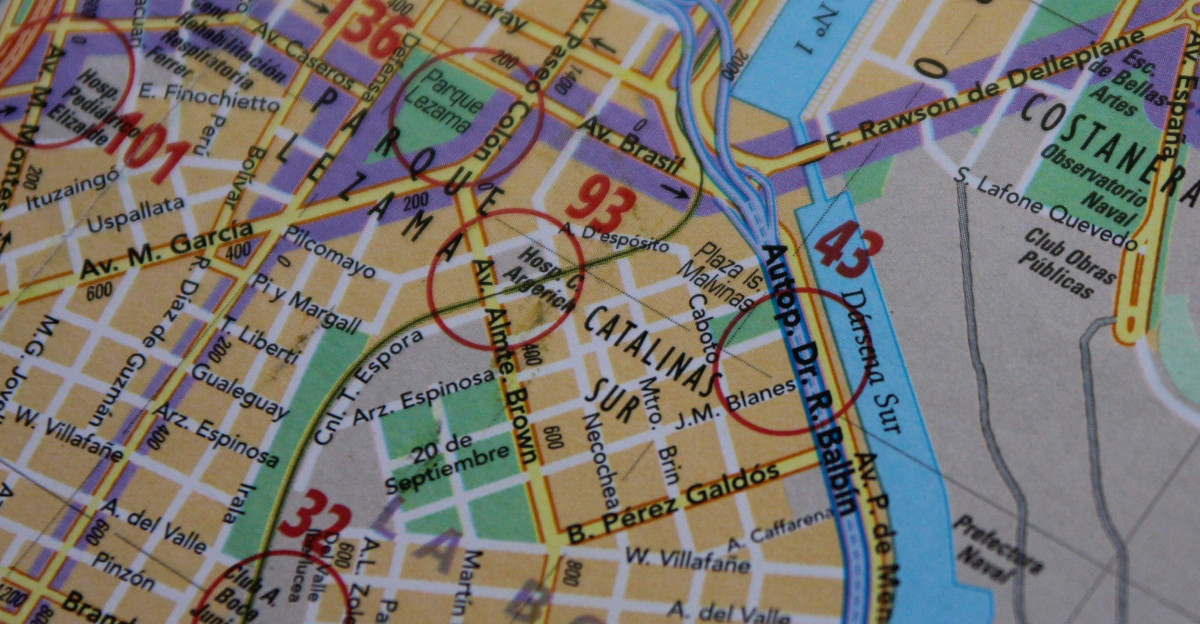
Monday’s earthquake reignited ongoing discussions about sustainable urban development and environmental resilience planning throughout the Bay Area. Advocacy groups called for accelerated implementation of green infrastructure projects and more aggressive seismic retrofitting timelines. The event became a focal point for policy debates balancing continued regional growth with enhanced safety measures, as planners consider how to accommodate population increases while improving earthquake preparedness across existing infrastructure networks.
Safety Equipment Manufacturers Benefit as Uninsured Property Owners Face Increased Risk

Manufacturers of earthquake safety products experienced immediate sales increases following the seismic event, while property owners without earthquake insurance confronted heightened financial vulnerability. Emergency preparedness companies benefited from surge demand for safety equipment and consultation services. However, the earthquake highlighted persistent disparities in community resilience, as lower-income residents often lack resources for comprehensive earthquake insurance or extensive safety equipment purchases, revealing socioeconomic gaps in disaster preparedness.
Financial Markets Track Insurance and Construction Stocks as Seismic Risk Awareness Grows

Investment analysts monitored insurance company stocks and construction sector performance following Monday’s earthquake, anticipating increased demand for coverage and retrofitting services. Financial markets showed limited volatility due to the earthquake’s moderate magnitude, but safety-related sectors experienced short-term gains. Market watchers note that earthquake insurance demand typically increases temporarily following seismic events, though sustained adoption often requires continued awareness campaigns and regulatory incentives.
Emergency Preparedness Experts Recommend Immediate Action as Aftershock Risk Continues

Emergency management specialists recommend Bay Area residents immediately assemble comprehensive earthquake kits, secure heavy furniture, and review family emergency communication plans. USGS advisories should be monitored regularly, as officials warn of ongoing aftershock possibilities throughout the week. Preparedness remains the most effective protection strategy, particularly given seismic forecasting models that indicate continued earthquake risk across the Hayward Fault system and surrounding geological formations.
USGS Forecasts 24% Chance of Significant Aftershocks as Community Leaders Emphasize Vigilance
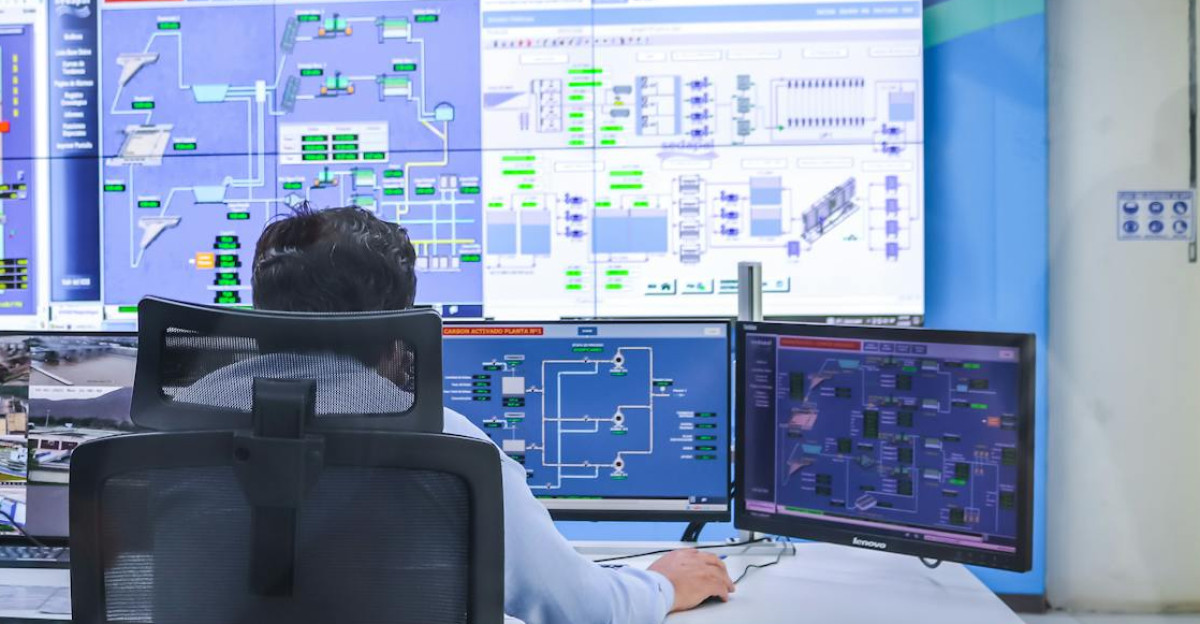
The United States Geological Survey’s aftershock forecast indicates a 24 percent probability of magnitude 3.0 or larger tremors occurring within the next week. Scientists estimate a 3 percent chance of stronger earthquakes reaching magnitude 4.0 or above in the coming days. Community leaders throughout the Bay Area emphasize the importance of sustained vigilance and continued investment in safety measures, preparing for potential future seismic events while fostering regional resilience through coordinated emergency planning and public education initiatives.
Berkeley Earthquake’s Impact Extends Far Beyond Initial Tremor Across Bay Area and Beyond

Monday’s Berkeley earthquake created ripple effects that extended well beyond the initial 4.3-magnitude tremor, affecting millions of residents, countless businesses, and international partners monitoring supply chain stability. From comprehensive infrastructure assessments to renewed cultural debates about sustainable development, the seismic event underscored the Bay Area’s persistent earthquake risk and the critical importance of community-wide preparedness. The earthquake’s influence will continue shaping regional policy decisions, industry practices, and daily life considerations for years to come as the Bay Area works to balance growth with geological realities